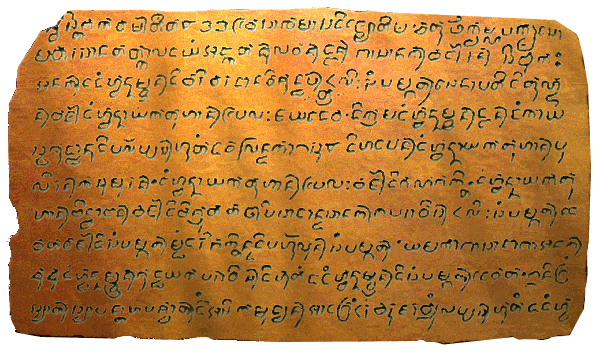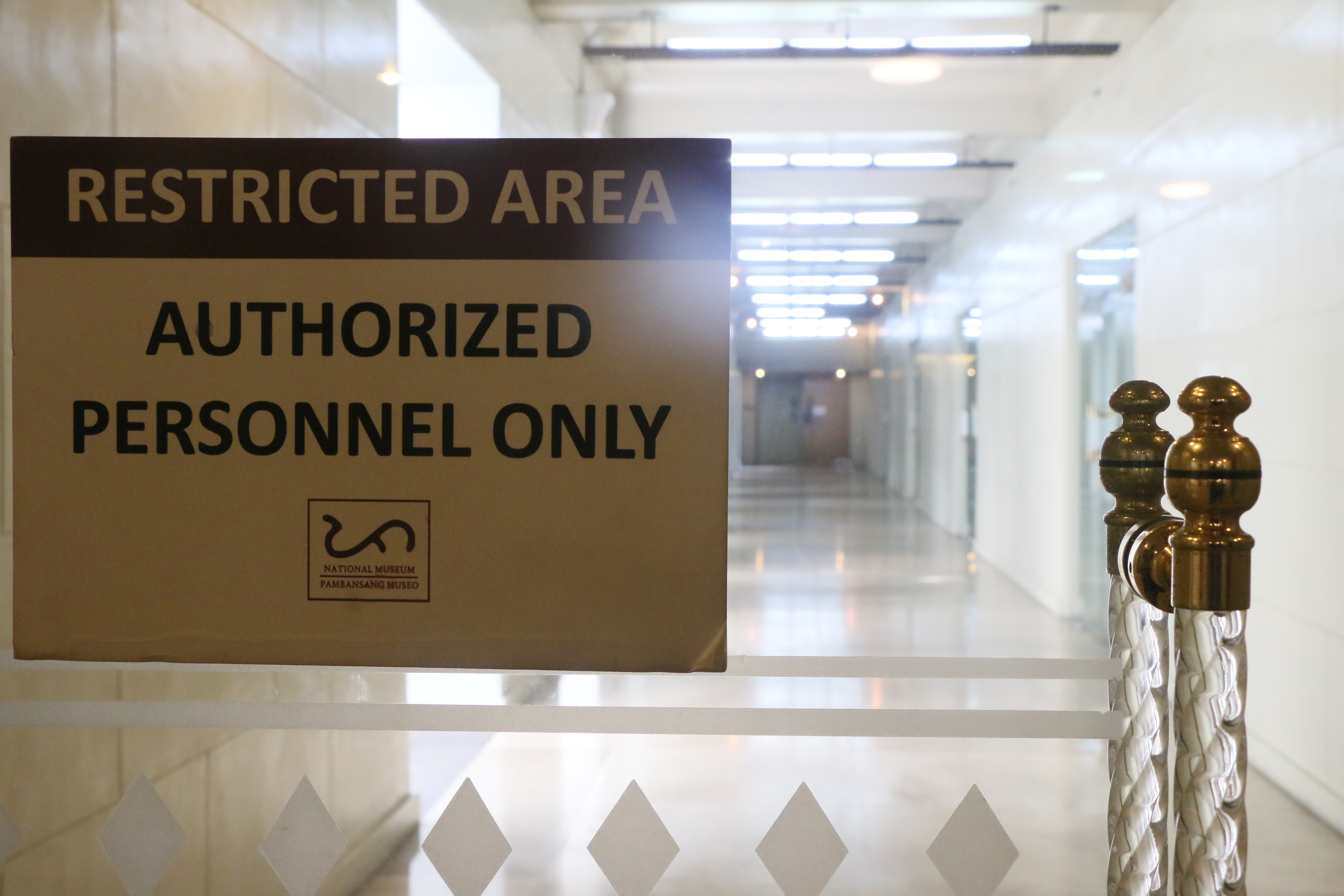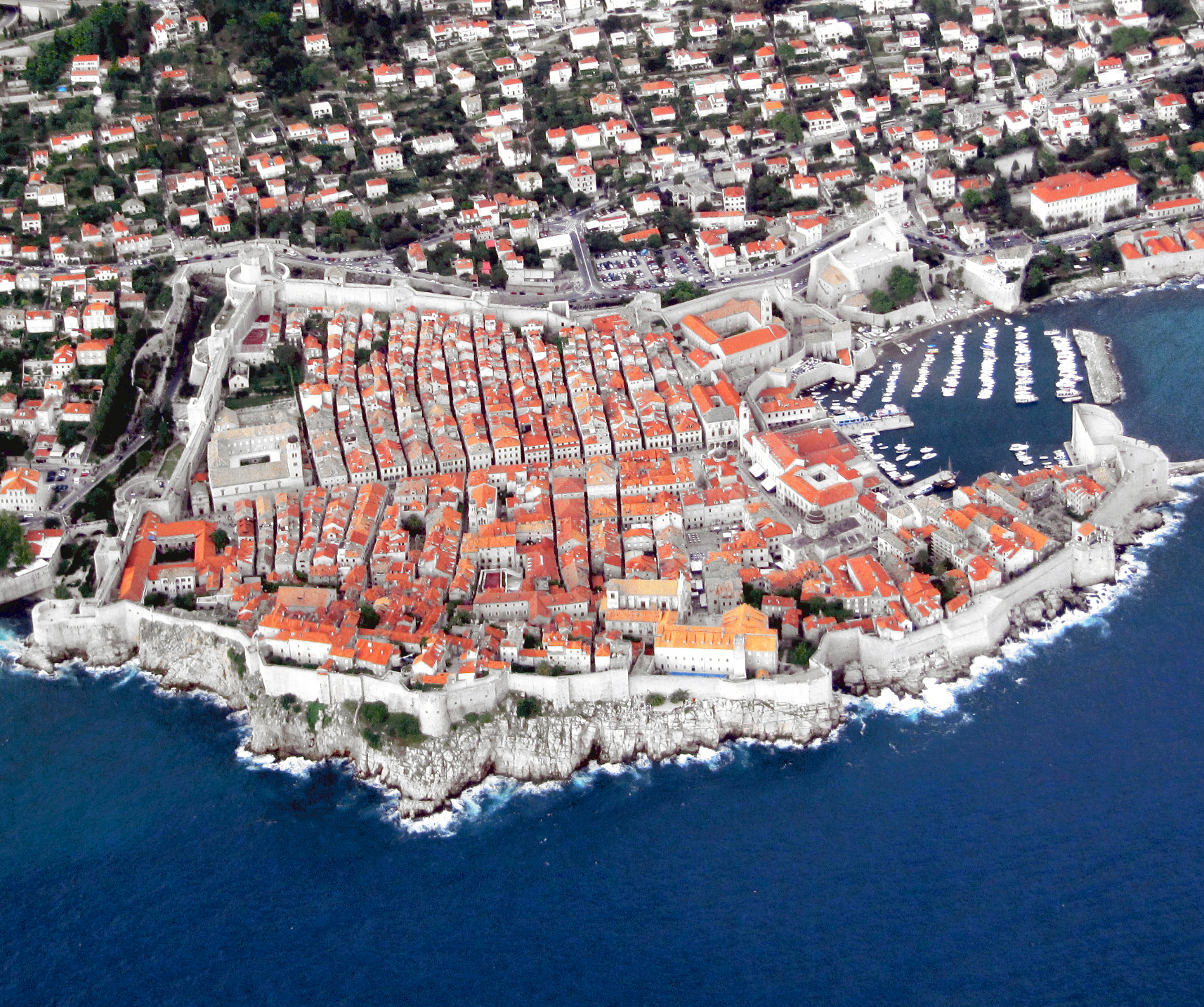|
Laguna Copperplate Inscription
The Laguna Copperplate Inscription is an official acquittance ( debt relief) certificate inscribed onto a copper plate in the Shaka year 822 ( Gregorian A.D. 900). It is the earliest-known, extant, calendar-dated document found within the Philippines. The plate was found in 1987 by a laborer near the mouth of the Lumbang River in Wawa, Lumban, Laguna, in the Philippines. The inscription was mainly written in Old Malay using the Early Kawi script, with several technical Sanskrit words and either Old Javanese or Old Tagalog honorifics. After it was found, the text was first translated in 1991 by Antoon Postma, a Dutch anthropologist and Hanunó'o script researcher. The inscription documents the existence and names of several surrounding states as of A.D. 900, such as the Tagalog city-state of Tondo. Some historians associate the toponym ''Medang'' in this inscription regarding the Medang palace in Java at that time, although the name is a common term of Malayo-Polyn ... [...More Info...] [...Related Items...] OR: [Wikipedia] [Google] [Baidu] |
National Museum Of Anthropology (Manila)
The National Museum of Anthropology (), formerly known as the Museum of the Filipino People (), is a component museum of the National Museum of the Philippines which houses Ethnological and Archaeological exhibitions. It is located in the Agrifina Circle, Rizal Park, Manila adjacent to the National Museum of Fine Arts building. Built from a Neoclassical design by Canadian-American architect Ralph Harrington Doane when he was consulting architect to the Philippine government, the building formerly housed the Department of Finance. It also houses the wreck of the ''San Diego'', ancient artifacts, and zoology divisions. Current galleries and offices Ground floor *Ifugao House / Courtyard *Office of the Exhibition, Editorial, and Media Production Services Division *Office of the Museum Foundation of the Philippines *Office of the Archaeology Division *Office of the Ethnology Division *Office of the Maritime and Underwater Cultural Heritage Division *National Museum Library ... [...More Info...] [...Related Items...] OR: [Wikipedia] [Google] [Baidu] |
Filipino Styles And Honorifics
In the Philippine languages, a system of titles and honorifics was used extensively during the throughout its history. In the pre-colonial era, It was mostly used by the Tagalogs and Visayans. These were borrowed from the Malay system of honorifics obtained from the Moro peoples of Mindanao, which in turn was based on the Indianized Sanskrit honorifics system and the Chinese's used in areas like Ma-i (Mindoro) and Pangasinan. The titles of historical figures such as Rajah Sulayman, Lakandula and Dayang Kalangitan evidence Indian influence. Malay titles are still used by the royal houses of Sulu, Maguindanao, Maranao and Iranun on the southern Philippine island of Mindanao. In the Spanish colonial era, Philip II of Spain decreed that the nobility in the Philippine islands should retain their pre-hispanic honours and privileges. In the modern times, these are retained on a traditional basis as the 1987 Constitution explicitly reaffirms the abolition of royal and noble titles in ... [...More Info...] [...Related Items...] OR: [Wikipedia] [Google] [Baidu] |
Gold
Gold is a chemical element; it has chemical symbol Au (from Latin ) and atomic number 79. In its pure form, it is a brightness, bright, slightly orange-yellow, dense, soft, malleable, and ductile metal. Chemically, gold is a transition metal, a group 11 element, and one of the noble metals. It is one of the least reactivity (chemistry), reactive chemical elements, being the second-lowest in the reactivity series. It is solid under standard temperature and pressure, standard conditions. Gold often occurs in free elemental (native state (metallurgy), native state), as gold nugget, nuggets or grains, in rock (geology), rocks, vein (geology), veins, and alluvial deposits. It occurs in a solid solution series with the native element silver (as in electrum), naturally alloyed with other metals like copper and palladium, and mineral inclusions such as within pyrite. Less commonly, it occurs in minerals as gold compounds, often with tellurium (gold tellurides). Gold is resistant to ... [...More Info...] [...Related Items...] OR: [Wikipedia] [Google] [Baidu] |
Style (form Of Address)
Address terms are linguistic expressions used by a speaker to start conversation or call someone. George Yule defines address form as a word or phrase that is used for a person to whom speaker wants to talk. Address forms or address terms are socially oriented and expose the social relationship of interlocutors. Maloth explains "When we address a person we should use suitable term depending on the appropriate situation where we are in". Moreover social situations determine the use of a suitable address form for a person. A style of office, also called manner of reference, or form of address when someone is spoken to directly, is an official or legally recognized form of reference for a person or other entity (such as a government or company), and may often be used in conjunction with a personal title. A style, by tradition or law, precedes a reference to a person who holds a post or political office and is sometimes used to refer to the office itself. An honorific can also be aw ... [...More Info...] [...Related Items...] OR: [Wikipedia] [Google] [Baidu] |
Julian Calendar
The Julian calendar is a solar calendar of 365 days in every year with an additional leap day every fourth year (without exception). The Julian calendar is still used as a religious calendar in parts of the Eastern Orthodox Church and in parts of Oriental Orthodox Churches, Oriental Orthodoxy as well as by the Amazigh, Amazigh people (also known as the Berbers). The Julian calendar was proposed in 46 BC by (and takes its name from) Julius Caesar, as a reform of the earlier Roman calendar, which was largely a lunisolar calendar, lunisolar one. It took effect on , by his edict. Caesar's calendar became the predominant calendar in the Roman Empire and subsequently most of the Western world for more than 1,600 years, until 1582 when Pope Gregory XIII promulgated a revised calendar. Ancient Romans typically designated years by the names of ruling consuls; the ''Anno Domini'' system of numbering years was not devised until 525, and became widespread in Europe in the eighth cent ... [...More Info...] [...Related Items...] OR: [Wikipedia] [Google] [Baidu] |
Copper
Copper is a chemical element; it has symbol Cu (from Latin ) and atomic number 29. It is a soft, malleable, and ductile metal with very high thermal and electrical conductivity. A freshly exposed surface of pure copper has a pinkish-orange color. Copper is used as a conductor of heat and electricity, as a building material, and as a constituent of various metal alloys, such as sterling silver used in jewelry, cupronickel used to make marine hardware and coins, and constantan used in strain gauges and thermocouples for temperature measurement. Copper is one of the few metals that can occur in nature in a directly usable, unalloyed metallic form. This means that copper is a native metal. This led to very early human use in several regions, from . Thousands of years later, it was the first metal to be smelted from sulfide ores, ; the first metal to be cast into a shape in a mold, ; and the first metal to be purposely alloyed with another metal, tin, to create bronze, ... [...More Info...] [...Related Items...] OR: [Wikipedia] [Google] [Baidu] |
Malayo-Polynesian Languages
The Malayo-Polynesian languages are a subgroup of the Austronesian languages, with approximately 385.5 million speakers. The Malayo-Polynesian languages are spoken by the Austronesian peoples outside of Taiwan, in the island nations of Southeast Asia (Indonesia and the Philippine Archipelago) and the Pacific Ocean, with a smaller number in continental Asia in the areas near the Malay Peninsula, with Cambodia, Vietnam and the Chinese island Hainan as the northwest geographic outlier. Malagasy, spoken on the island of Madagascar off the eastern coast of Africa in the Indian Ocean, is the furthest western outlier. Many languages of the Malayo-Polynesian family in insular Southeast Asia show the strong influence of Sanskrit, Tamil and Arabic, as the western part of the region has been a stronghold of Hinduism, Buddhism, and, later, Islam Islam is an Abrahamic religions, Abrahamic monotheistic religion based on the Quran, and the teachings of Muhammad. Adherents of I ... [...More Info...] [...Related Items...] OR: [Wikipedia] [Google] [Baidu] |
Java
Java is one of the Greater Sunda Islands in Indonesia. It is bordered by the Indian Ocean to the south and the Java Sea (a part of Pacific Ocean) to the north. With a population of 156.9 million people (including Madura) in mid 2024, projected to rise to 158 million at mid 2025, Java is the world's List of islands by population, most populous island, home to approximately 55.7% of the Demographics of Indonesia, Indonesian population (only approximately 44.3% of Indonesian population live outside Java). Indonesia's capital city, Jakarta, is on Java's northwestern coast. Many of the best known events in Indonesian history took place on Java. It was the centre of powerful Hindu-Buddhist empires, the Islamic sultanates, and the core of the colonial Dutch East Indies. Java was also the center of the History of Indonesia, Indonesian struggle for independence during the 1930s and 1940s. Java dominates Indonesia politically, economically and culturally. Four of Indonesia's eig ... [...More Info...] [...Related Items...] OR: [Wikipedia] [Google] [Baidu] |
Tondo (historical Polity)
Tondo (; Baybayin: , Kapampangan language, Kapampangan: Balayan ning Tundo), sometimes referred to as the Kingdom of Tondo, was a Tagalog and Kapampangan settlement which served as a major trade hub located on the northern part of the List of islands in the Greater Manila Area, Pasig River delta on Luzon Island. Together with Maynila (historical polity), Maynila, the polity (''bayan'') that was also situated on the southern part of the Pasig River delta, Tondo had established a shared monopoly on the trade of Chinese goods throughout the rest of the Philippine archipelago, making it an established force in trade throughout Southeast Asia and East Asia. Tondo is of particular interest to Filipino historians and historiography, historiographers because it is one of the oldest historically documented settlements in the Philippines. Scholars generally agree that it was mentioned in the Laguna Copperplate Inscription, the Philippines' oldest extant locally produced written document, ... [...More Info...] [...Related Items...] OR: [Wikipedia] [Google] [Baidu] |
City-state
A city-state is an independent sovereign city which serves as the center of political, economic, and cultural life over its contiguous territory. They have existed in many parts of the world throughout history, including cities such as Rome, Carthage, Athens and Sparta and the Italian city-states during the Middle Ages and Renaissance, such as Florence, Venice, Genoa and Milan. With the rise of nation states worldwide, there remains some disagreement on the number of modern city-states that still exist; Singapore, Monaco and Vatican City are the candidates most commonly discussed. Out of these, Singapore is the largest and most populous, and is generally considered to be the last real city-state left in the world, with full sovereignty, international borders, its own currency, a robust military, and substantial international influence in its own right. ''The Economist'' refers to it as the "world's only fully functioning city-state". Several non-sovereign cities enjoy a ... [...More Info...] [...Related Items...] OR: [Wikipedia] [Google] [Baidu] |
Tagalog People
The Tagalog people are an Austronesian Ethnic groups in the Philippines, ethnic group native to the Philippines, particularly the Metro Manila and Calabarzon regions and Marinduque province of southern Luzon, and comprise the majority in the provinces of Bulacan, Bataan, Nueva Ecija, Aurora (province), Aurora, and Zambales in Central Luzon and the island of Mindoro. Etymology The most popular etymology for the endonym "Tagalog" is the term ''tagá-ilog'', which means "people from [along] the river" (the prefix ''tagá-'' meaning "coming from" or "native of"). However, the Filipino historian Trinidad Pardo de Tavera in ''Etimología de los Nombres de Razas de Filipinas'' (1901) concludes that this origin is linguistically unlikely, because the ''i-'' in ''ilog'' should have been retained if it were the case. De Tavera and other authors instead propose an origin from ''tagá-álog'', which means "people from the lowlands", from the archaic meaning of the noun ''álog'', meanin ... [...More Info...] [...Related Items...] OR: [Wikipedia] [Google] [Baidu] |







